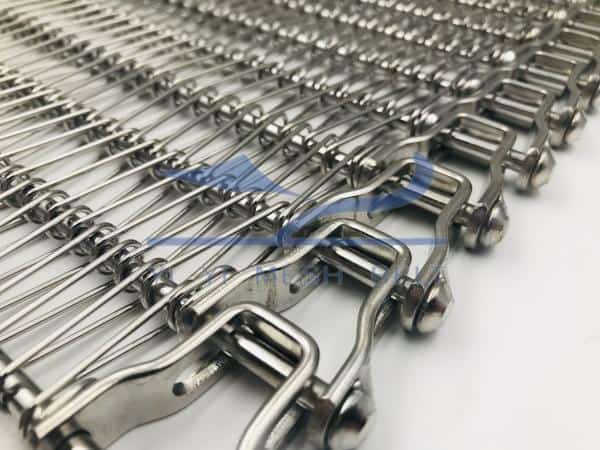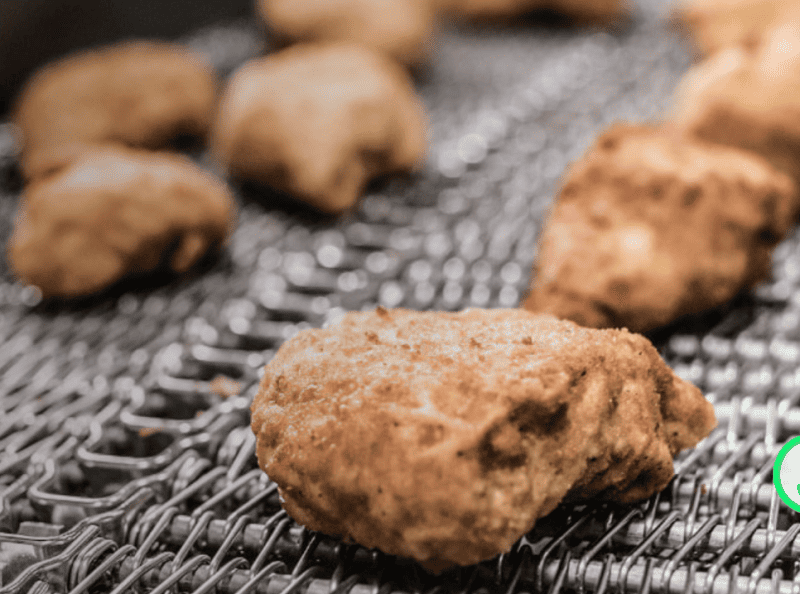Conveyor belts have been an essential part of industrial manufacturing for many years. They are used to transport goods from one area of a factory or warehouse to another, reducing the need for manual labor and increasing productivity. Metal conveyor belts have become increasingly popular due to their durability and reliability. However, like any other technology, conveyor belts have evolved over time, and innovations have been made to improve their efficiency. In this article, we will explore some of the latest innovations in metal conveyor belt design and their impact on industrial manufacturing.
Introduction
The introduction will provide an overview of metal conveyor belts and why they are important in industrial manufacturing. It will also touch on the evolution of conveyor belts and the need for innovation.

The Evolution of Conveyor Belt Technology
This section will provide a brief history of conveyor belts, from their inception to their modern-day use. It will explore the different types of conveyor belts, their advantages and disadvantages, and their use in different industries.
The Advantages of Metal Conveyor Belts
This section will highlight the advantages of metal conveyor belts, such as their durability, reliability, and ability to handle heavy loads. It will also touch on the environmental benefits of using metal conveyor belts.

Innovations in Metal Conveyor Belt Design
This section will be the main focus of the article, exploring the latest innovations in metal conveyor belt design. It will cover the following headings:
1. Lightweight Materials
This section will explore the use of lightweight materials in metal conveyor belt design, such as aluminum and carbon fiber. It will discuss the benefits of using lightweight materials, such as reduced energy consumption and increased conveyor speed.
2. High-Strength Materials
This section will discuss the use of high-strength materials in metal conveyor belt design, such as stainless steel and titanium. It will explore the benefits of using high-strength materials, such as increased load capacity and reduced maintenance requirements.
3. Precision Manufacturing
This section will explore the use of precision manufacturing techniques in metal conveyor belt design, such as laser cutting and CNC machining. It will discuss the benefits of precision manufacturing, such as improved accuracy and consistency.
4. Modular Design
This section will discuss the use of modular design in metal conveyor belt design, such as snap-on links and bolted construction. It will explore the benefits of modular design, such as reduced installation time and increased flexibility.
5. Advanced Coatings
This section will explore the use of advanced coatings in metal conveyor belt design, such as Teflon and ceramic coatings. It will discuss the benefits of advanced coatings, such as improved wear resistance and reduced maintenance requirements.

The Impact of Innovations on Industrial Manufacturing
This section will explore the impact of the latest innovations in metal conveyor belt design on industrial manufacturing. It will discuss how these innovations have improved efficiency, reduced downtime, and increased productivity.
Conclusion
The conclusion will summarize the key points of the article and emphasize the importance of innovation in metal conveyor belt design.



